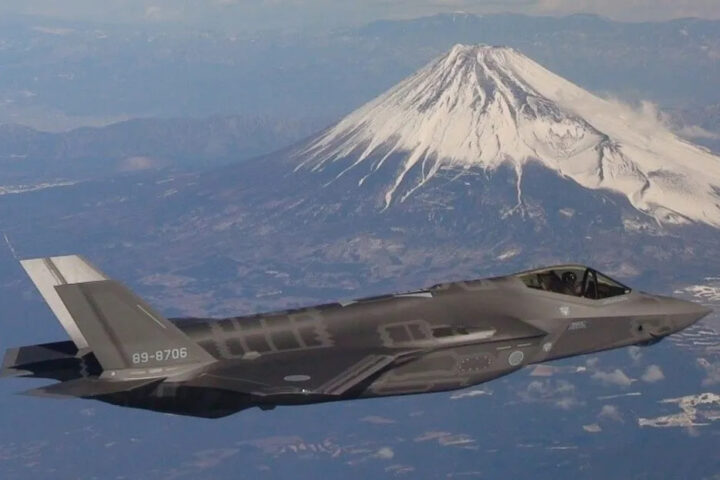
Japan Aircraft Scrambled Fewer Times in FY 2023 Compared to FY 2022
Japan Air Self-Defense Force aircraft scrambled fewer times against foreign aircraft during Fiscal Year 2023 compared to FY 2022, according to Japan’s Joint Staff Office. …


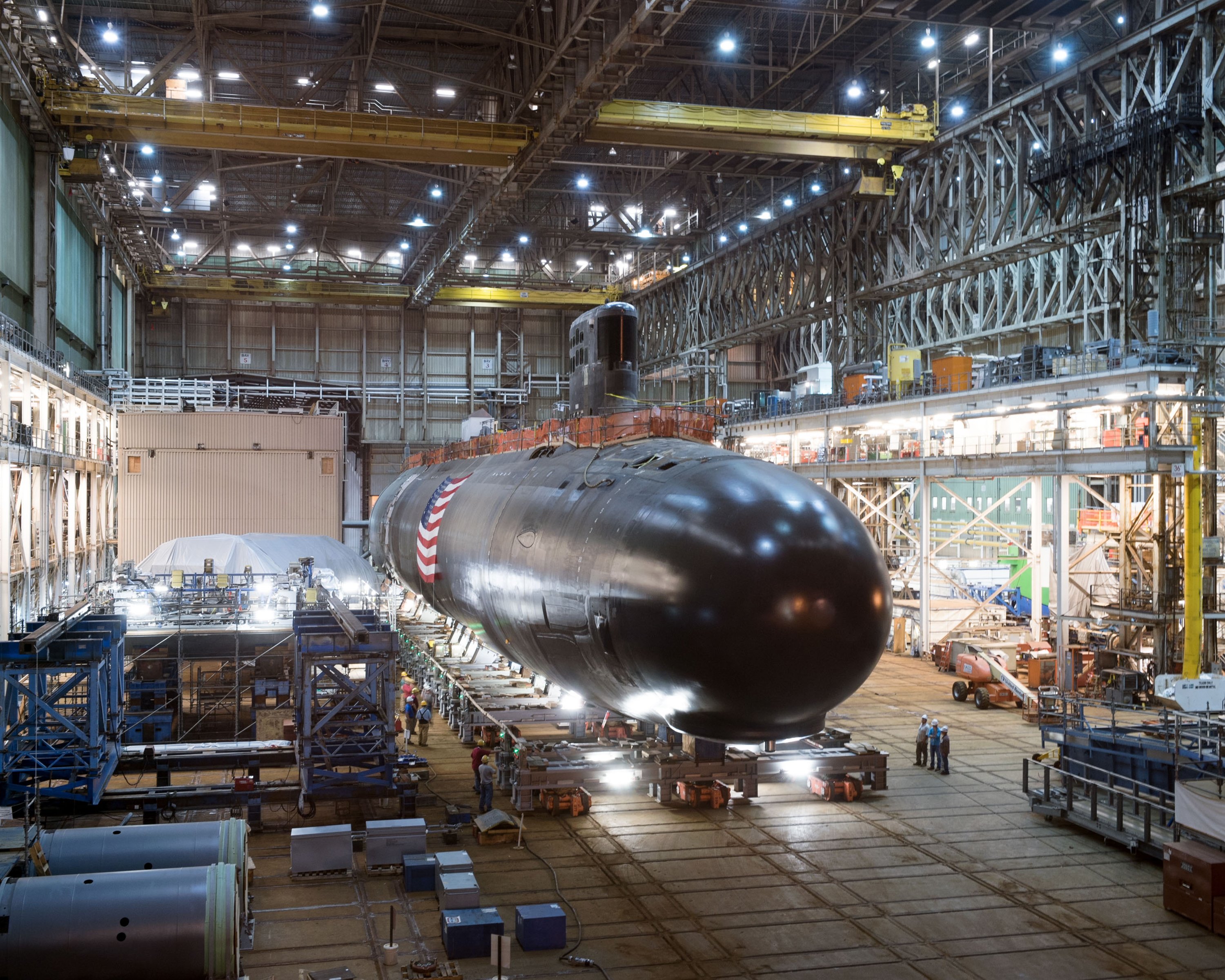
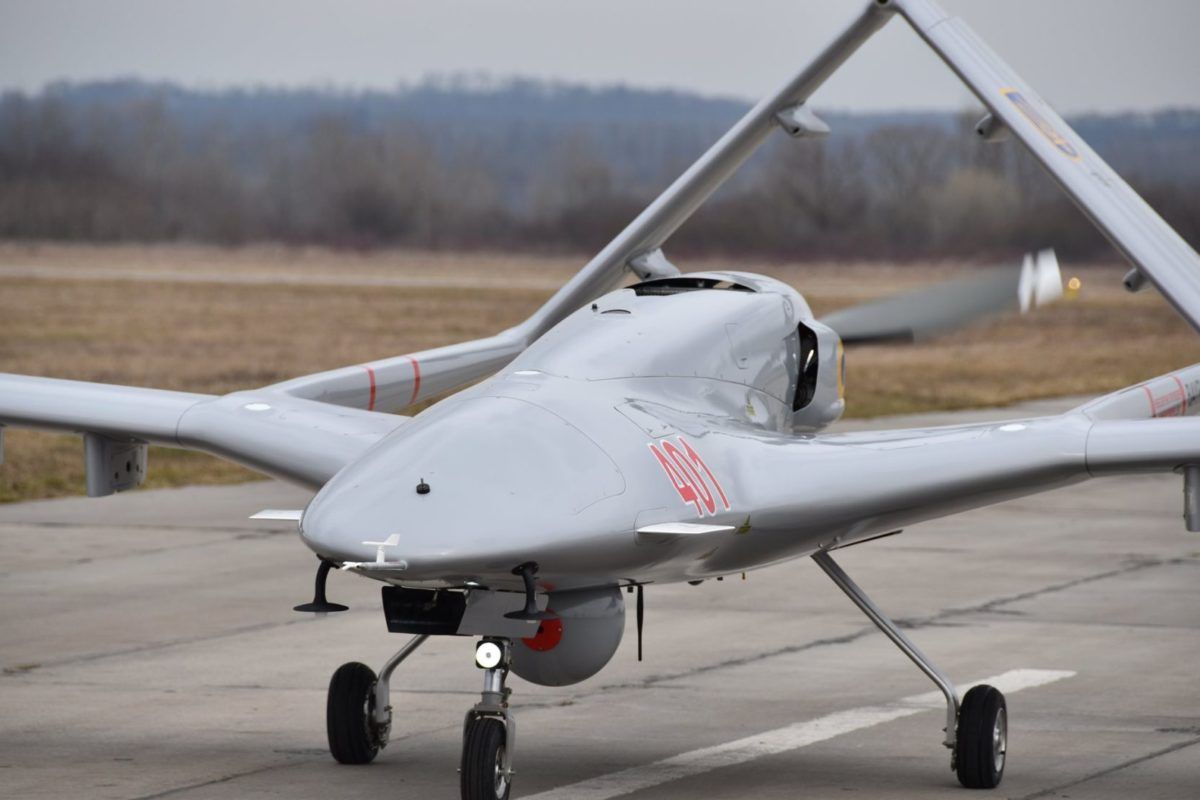
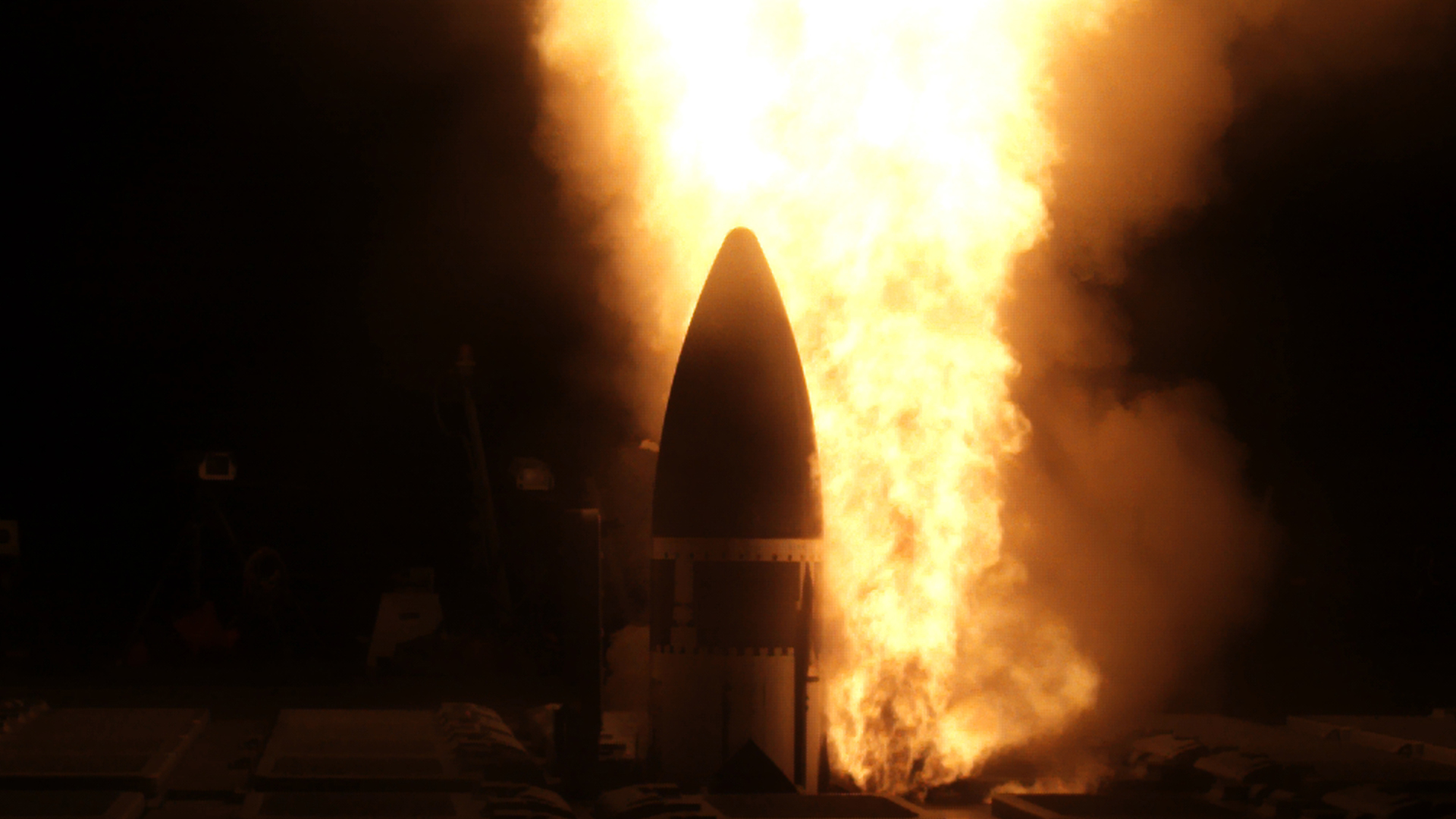
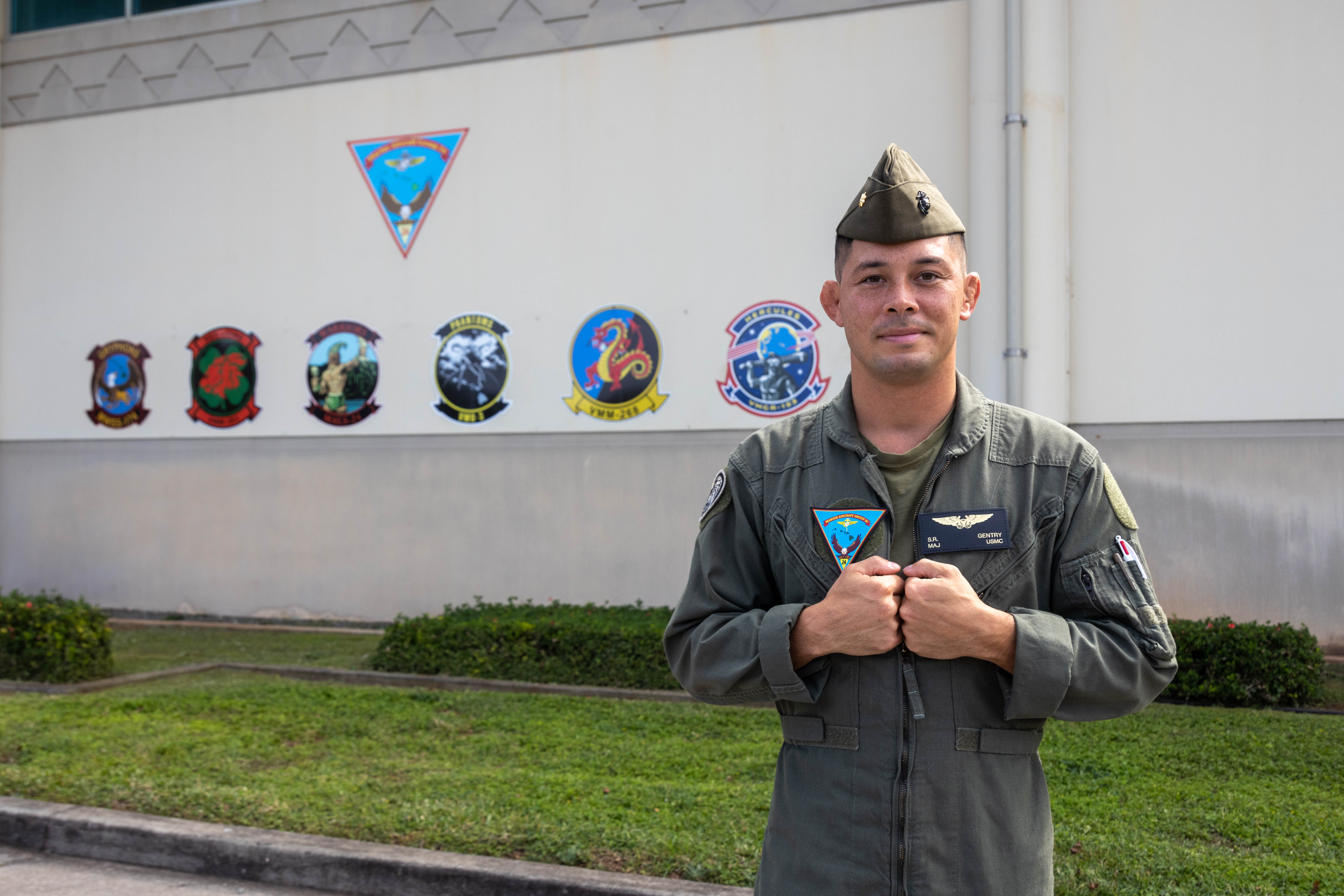
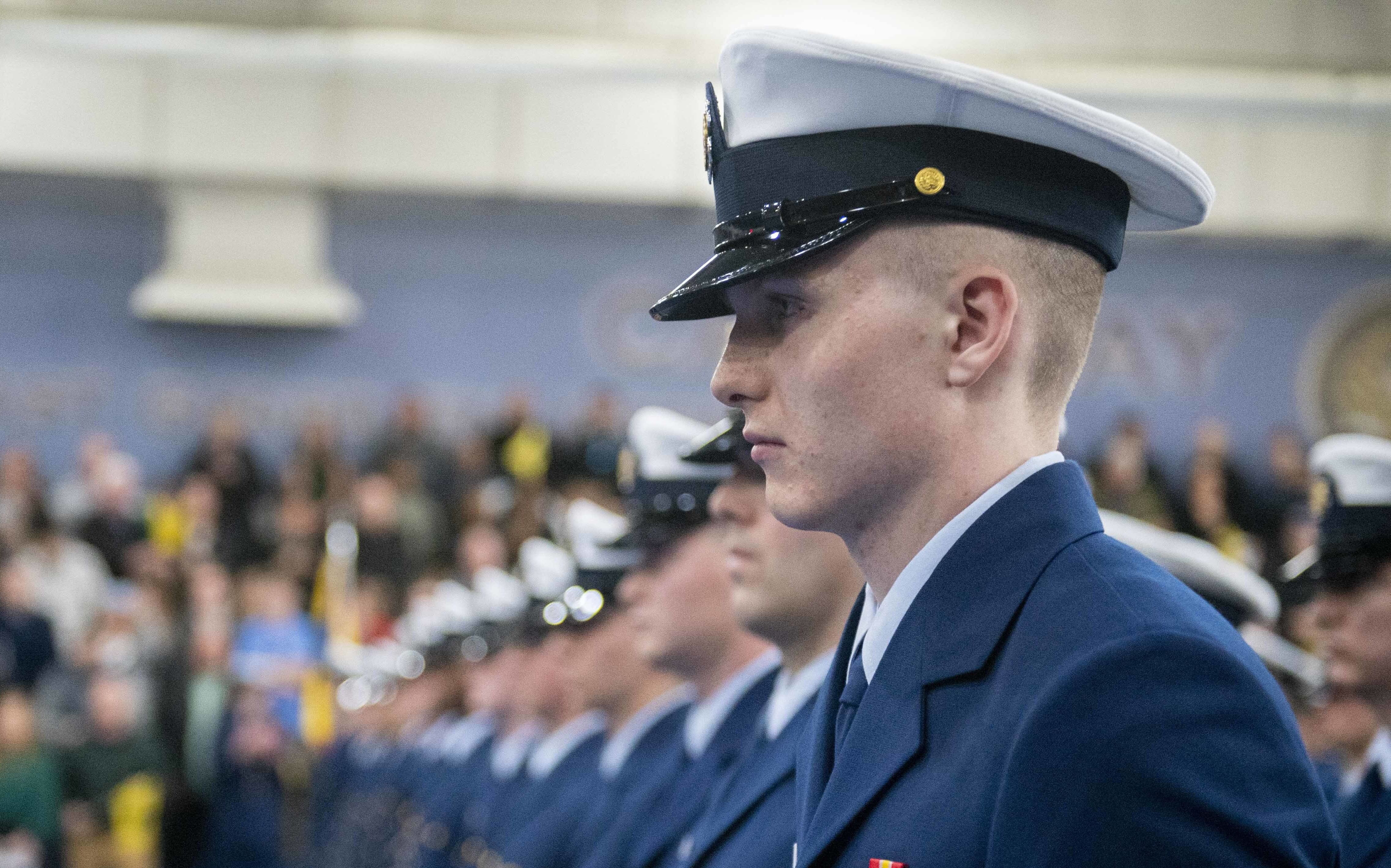
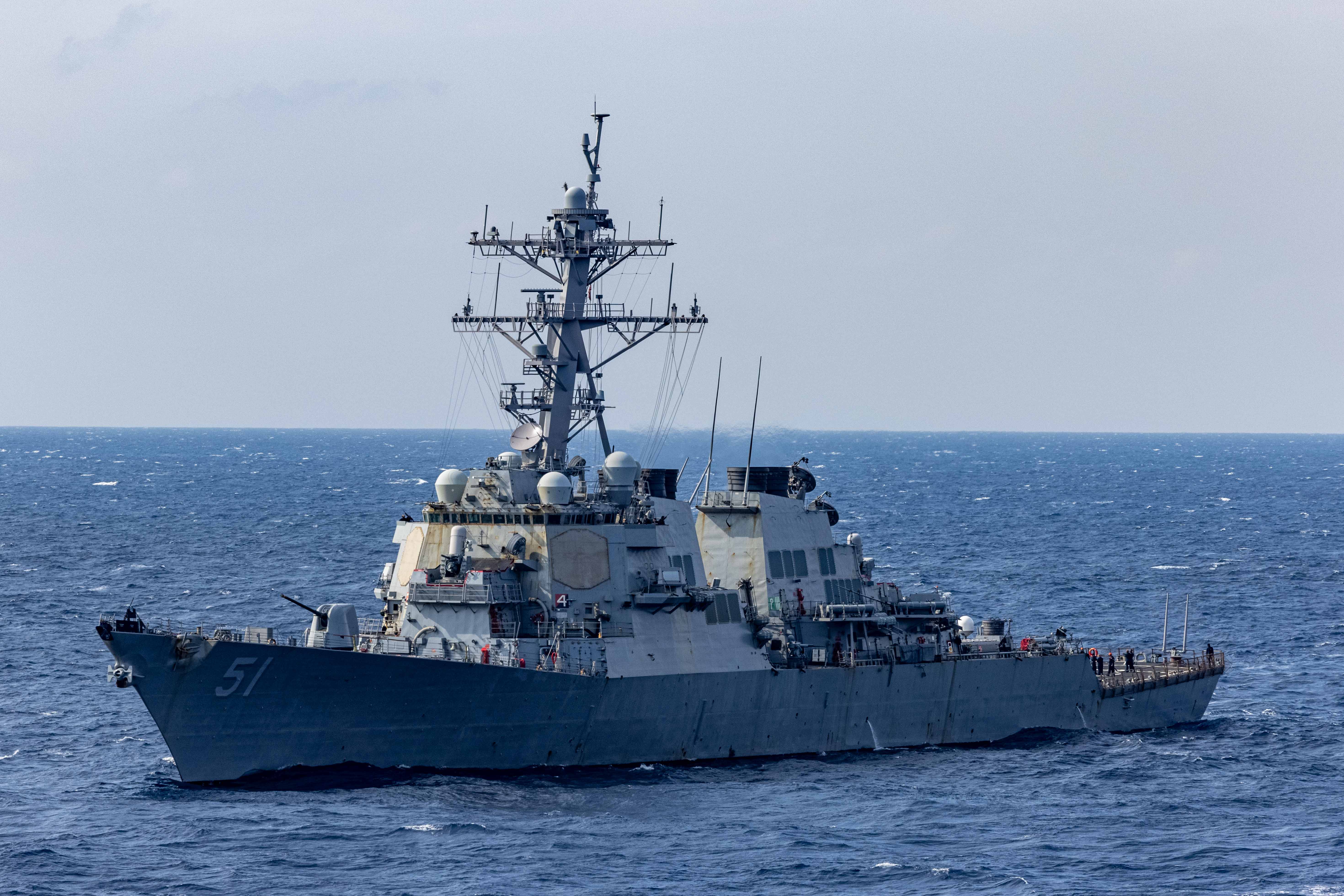
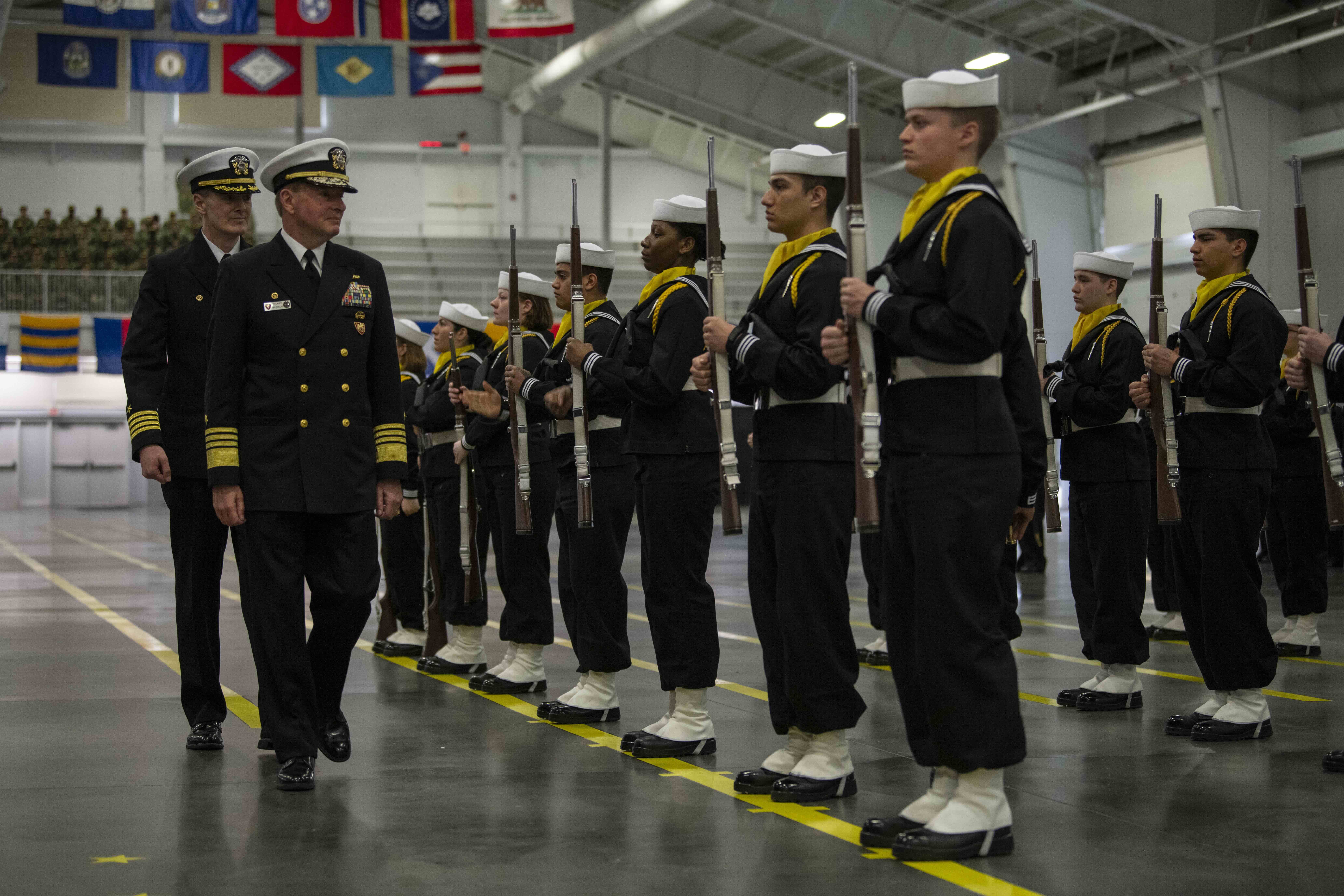
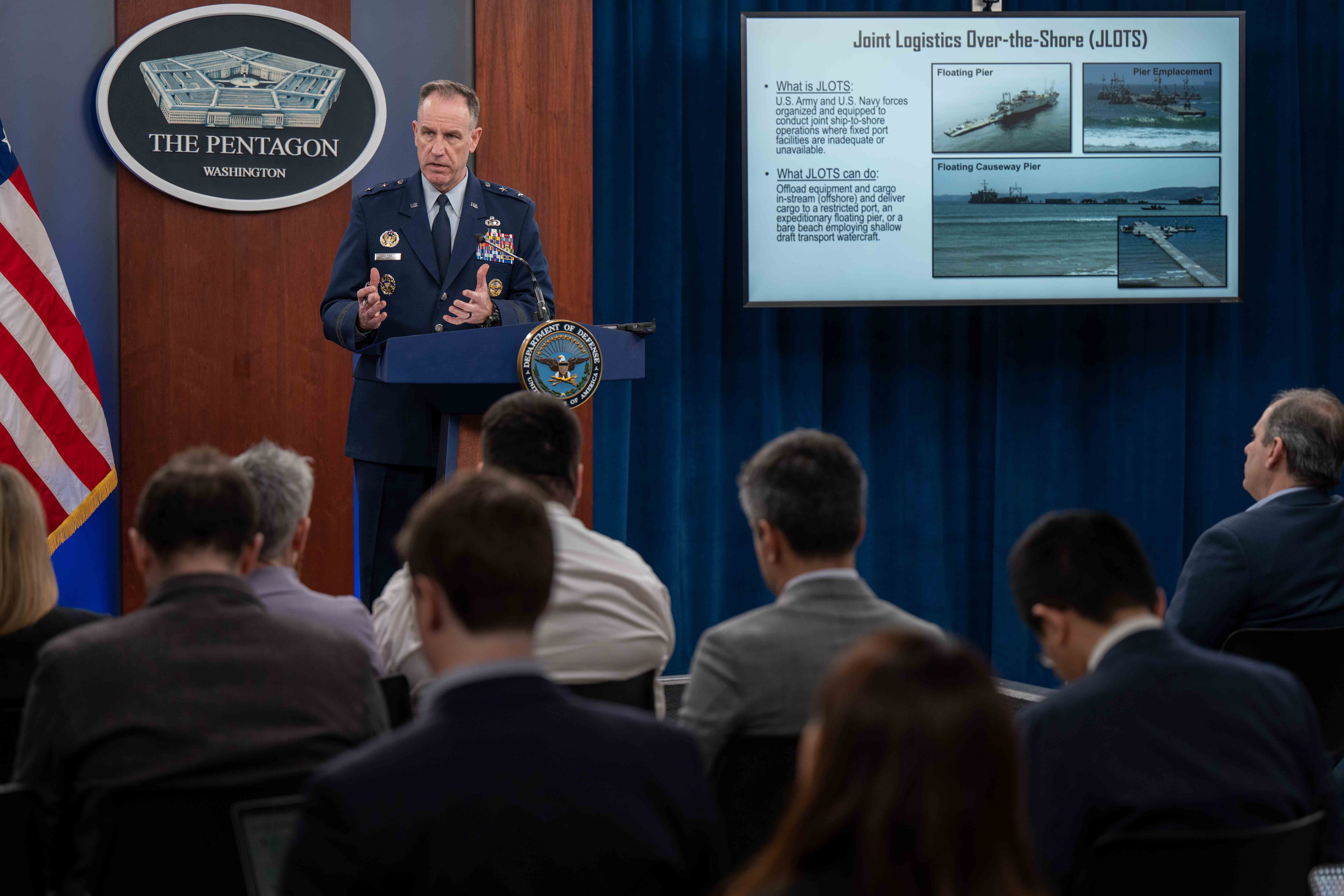
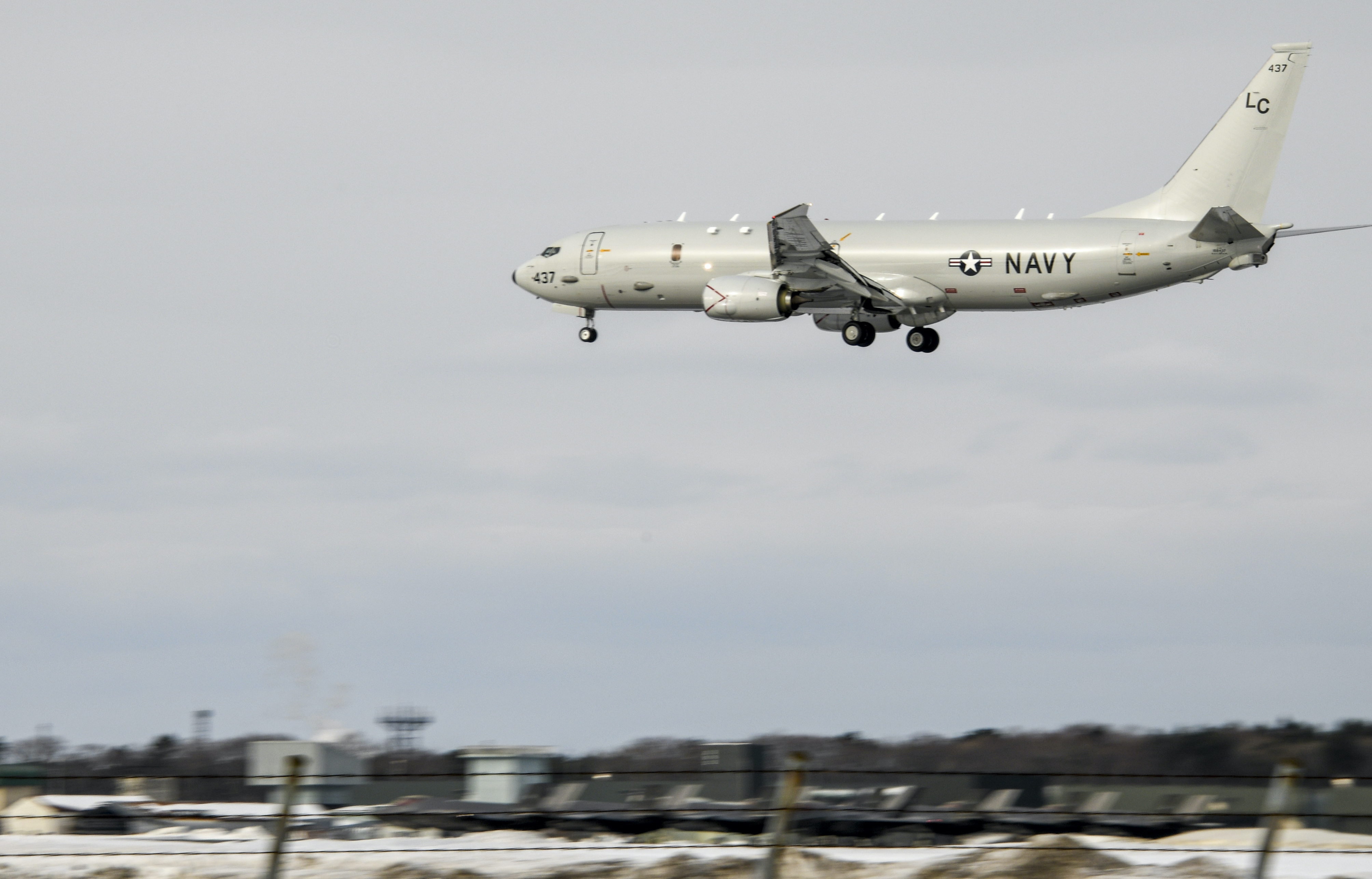
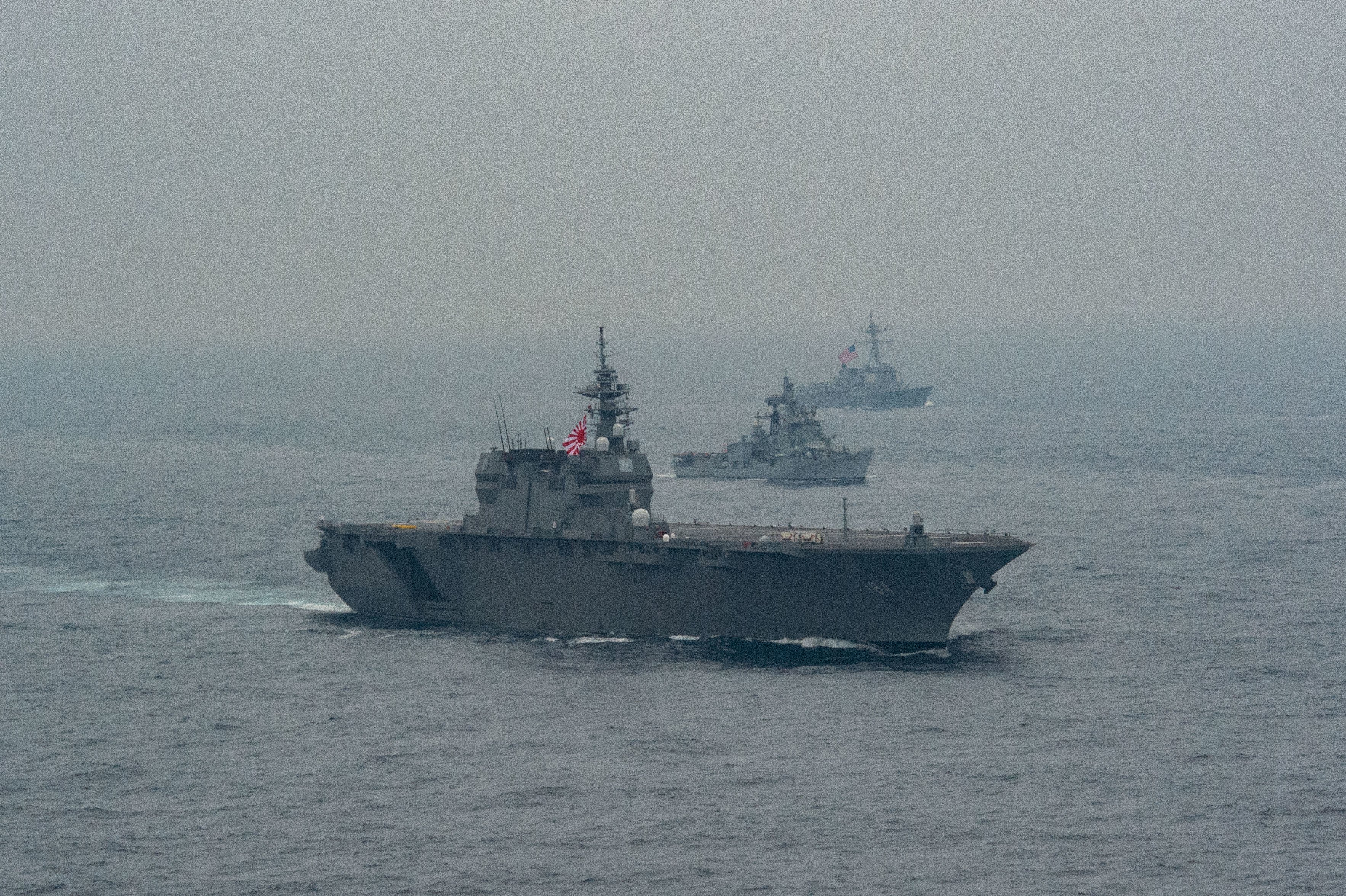
Your voice matters. Join generations of thought leaders—by contributing to the open forum of the Sea Services.
Copyright 2024 U.S. Naval Institute. All Rights Reserved.
